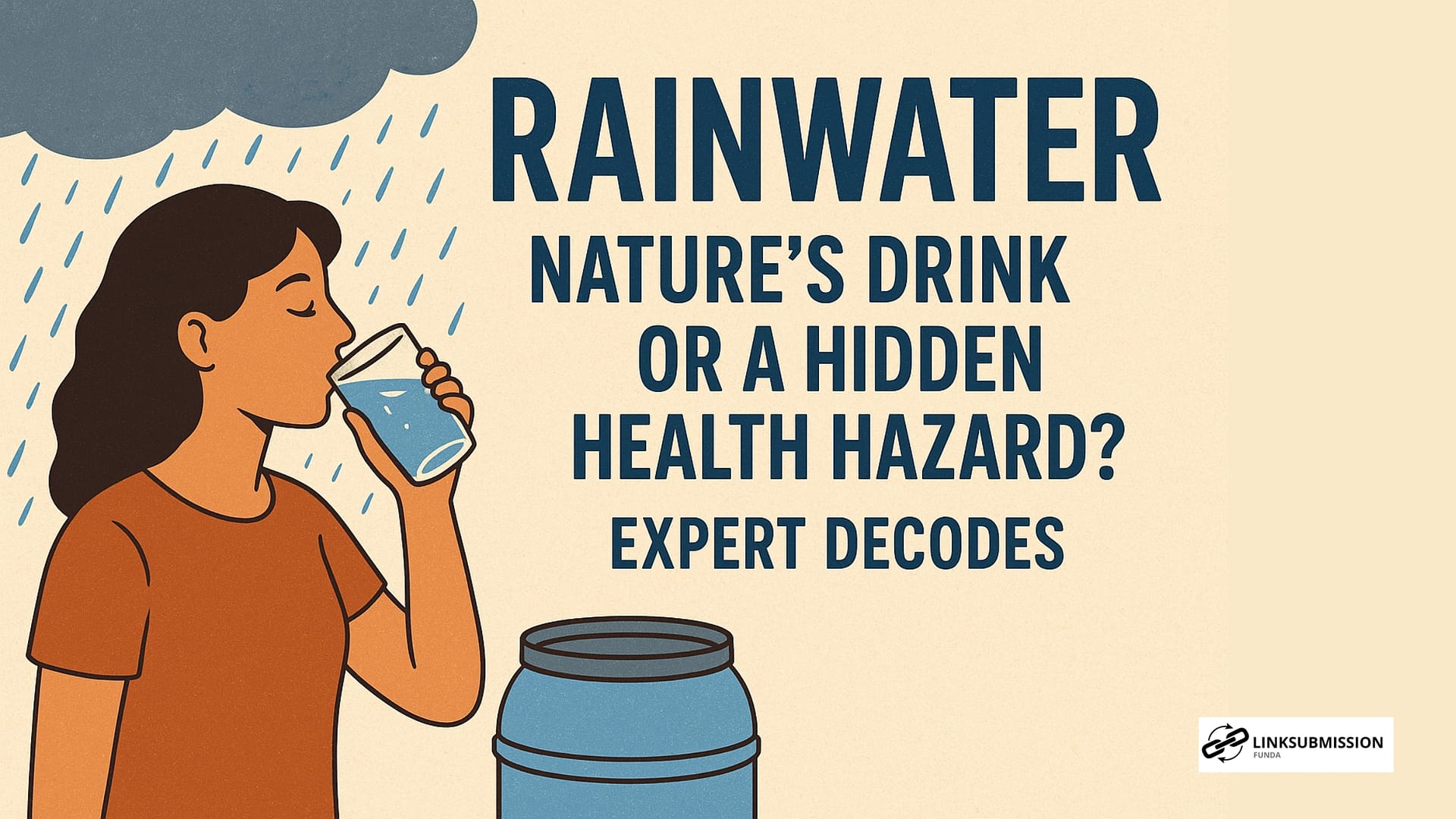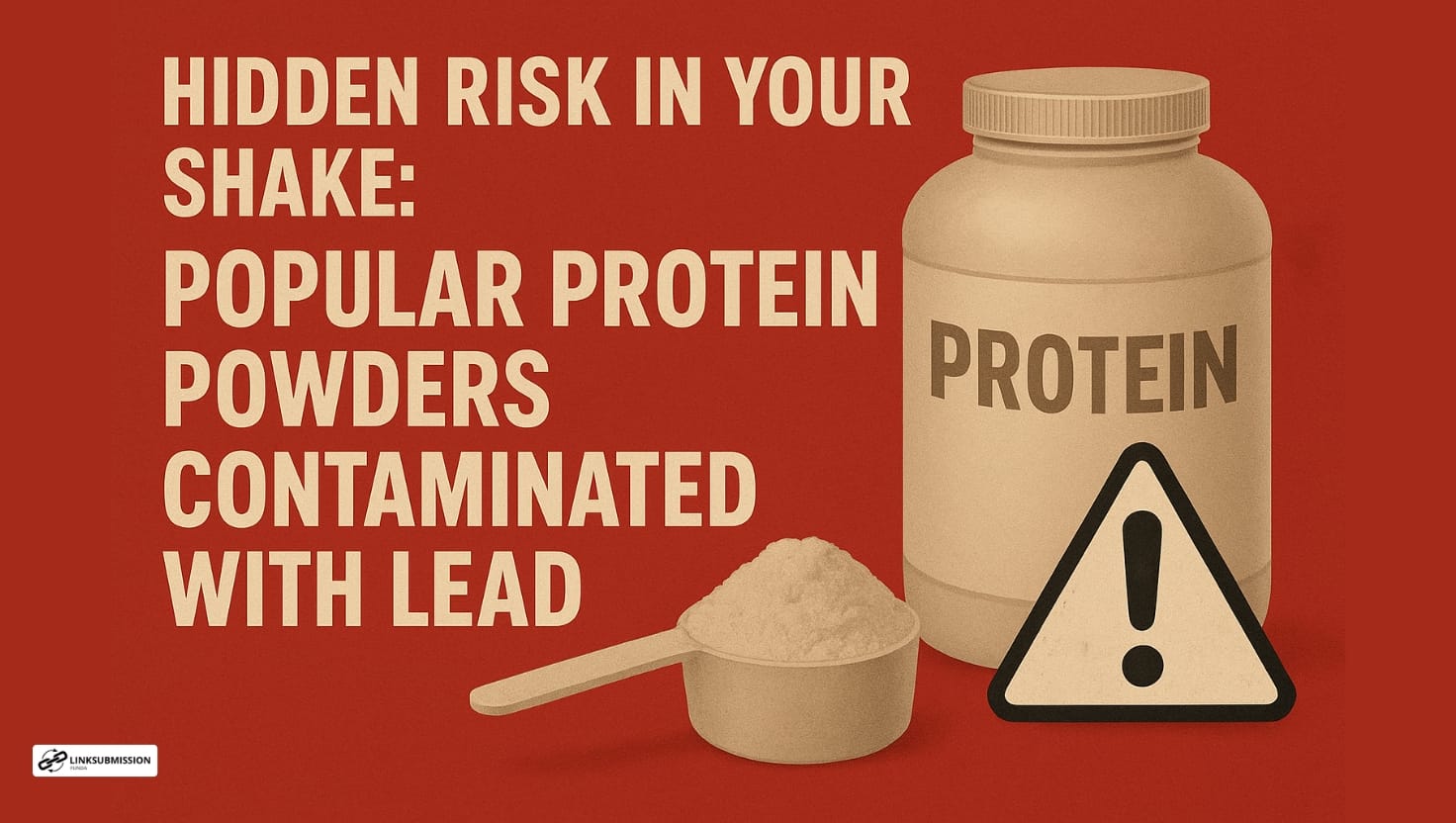For centuries, rain has been viewed as nature’s purest gift—refreshing, unprocessed, and seemingly clean. In many cultures and rural areas, people have collected rainwater in pots, tanks, or barrels for drinking and household use. With rising awareness around sustainability and self-sufficiency, rainwater harvesting is once again gaining attention. But the critical question remains—is drinking rainwater truly safe, or could it pose hidden health risks?
Let’s decode the facts with insights from experts.
The Appeal of Rainwater
Rainwater is often perceived as “pure” because it falls straight from the sky, untouched by the industrial processes that municipal tap water undergoes. It does not contain added chlorine, fluoride, or other treatment chemicals. For survivalists, eco-conscious households, and people living in remote locations, it’s also a readily available and cost-free resource.
Additionally, rainwater is soft water, meaning it has low mineral content. This makes it gentler on skin, hair, and even household appliances compared to hard tap water. These qualities fuel the belief that drinking rainwater is a healthier alternative to regular sources.
What’s Really in Rainwater?
While the idea of sipping directly from the clouds sounds wholesome, the journey of rain from the sky to your cup is not as simple.
- Atmospheric Contaminants
Rain forms by condensing around dust particles in the atmosphere. On its way down, it can collect pollutants such as sulfur dioxide, nitrogen oxides, or soot, especially in urban and industrial areas. This is what leads to phenomena like acid rain. - Roof and Surface Contamination
Most collected rainwater runs across rooftops or surfaces before being stored. These surfaces often harbor bird droppings, leaves, insects, or residues of chemicals used in construction materials—all of which can contaminate the water. - Storage Issues
Even if the rainwater is initially clean, storage tanks or barrels may not be. Algae growth, bacteria, or parasites can flourish if containers are not sealed or cleaned regularly.
Expert Take: Is It Safe to Drink?
Health experts generally caution against drinking untreated rainwater. According to medical professionals, while occasional accidental consumption may not always cause harm, making it a primary drinking source could expose individuals to harmful pathogens or chemicals.
Potential health risks include:
- Bacterial infections from organisms like E. coli or Salmonella.
- Parasitic infections from contaminants such as Giardia or Cryptosporidium.
- Chemical exposure from pollutants or heavy metals like lead and mercury.
These can lead to gastrointestinal illnesses, diarrhea, vomiting, and in severe cases, long-term health complications.
When Can Rainwater Be Safe?
Not all rainwater is unsafe. In some remote, less polluted regions, freshly collected rainwater may be relatively cleaner than untreated river or well water. But for it to be truly safe for drinking, proper purification measures must be followed.
Safety Measures Include:
- Filtration – Passing water through fine filters to remove sediments, dust, and debris.
- Boiling – Heating rainwater to kill bacteria, viruses, and parasites.
- Chemical Treatment – Using chlorine drops or purification tablets to disinfect water.
- UV Treatment – Exposing water to ultraviolet light to eliminate pathogens.
- Safe Storage – Keeping water in covered, food-grade containers to prevent recontamination.
Only after these steps does rainwater become a dependable drinking source.
Rainwater vs. Tap Water: A Comparison
- Tap Water: Usually treated, filtered, and tested according to safety standards. Contains additives like chlorine or fluoride, which some people dislike, but it’s generally safe for consumption.
- Rainwater: Untreated, variable in quality depending on location, storage, and handling. Requires purification before drinking.
So, while rainwater is more natural, it comes with unpredictable risks, unlike regulated tap water.
Sustainable Uses of Rainwater
Even if not used directly for drinking, rainwater remains a valuable resource. It can be safely utilized for:
- Gardening and irrigation.
- Flushing toilets.
- Washing clothes or cleaning.
- Recharging groundwater through percolation.
This way, households can conserve municipal water supplies while still minimizing health risks.
Final Verdict
Drinking rainwater straight from the sky may seem appealing, but it isn’t the pure elixir many imagine. While it can be made safe with proper treatment, experts agree that untreated rainwater poses significant health hazards. For those in urban areas especially, the pollutants and contaminants in the atmosphere and rooftops make it risky.
However, as a supplementary water source—especially when filtered and purified—it can be a sustainable choice. The key lies in awareness and responsible usage.





